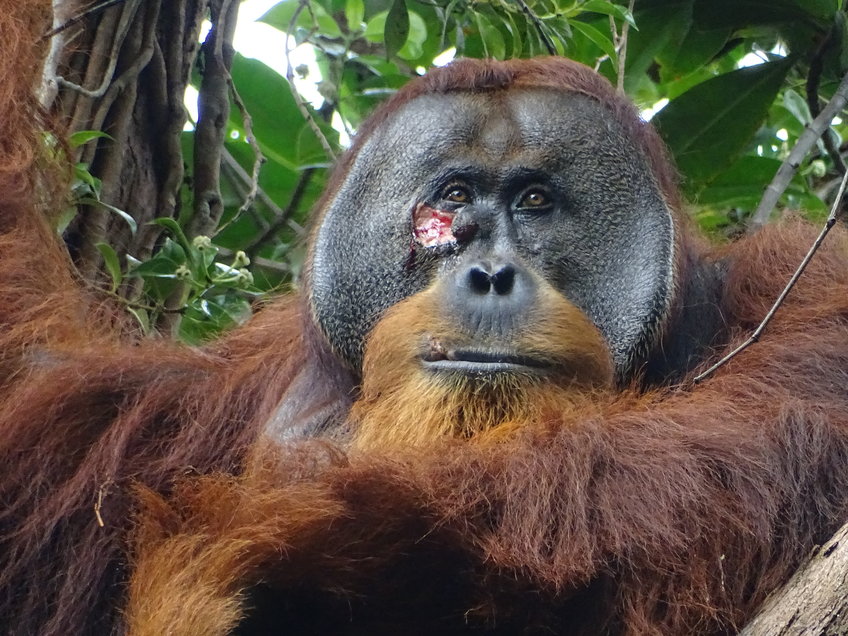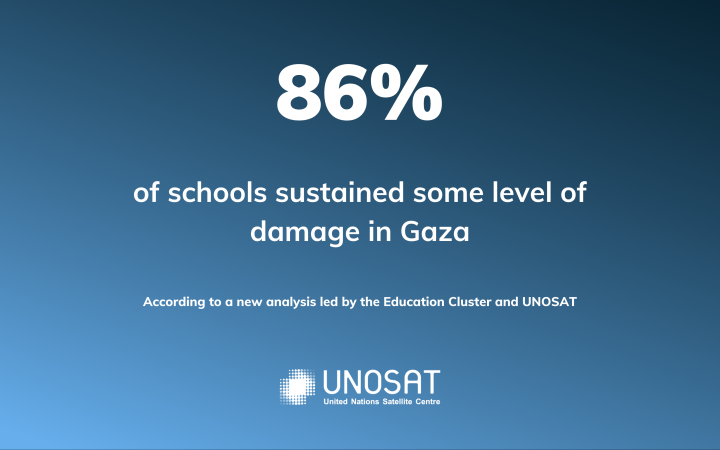A survey of more than 800 people in northern Victoria has found the Japanese encephalitis virus has infected more people than first thought, as the vaccination eligibility criteria against this virus continue to expand.
The serosurvey, which asked participants to complete a questionnaire and give a blood sample, found approximately 1 in 30 participants had evidence of having a prior Japanese encephalitis infection. This suggests many more people may have been infected than the number of ill or symptomatic cases reported – 13 – in last year’s mosquito season.
Participants who showed evidence of prior infection were aged between 25 and 90, with a median age of 73, and a majority were male. They were identified in all three regions that took part in the survey – Loddon Mallee, Goulburn Valley, and Ovens Murray.
“By finding more cases than we were previously aware of, this important research reinforces the risk to all in the community that mosquito-borne diseases pose – especially in light of recent flood activity,” Victoria’s Deputy Chief Health Officer Associate Professor Deborah Friedman said.
“There are sensible steps people can take to avoid mosquito bites. Wear long, loose-fitting, light-coloured clothing, use insect repellents, clear stagnant water around homes or properties, and avoid the outdoors when mosquitoes are observed, especially at dusk and dawn.”
The eligibility criteria for vaccination against Japanese encephalitis has also been extended to seven new local government areas: Greater Bendigo, Northern Grampians, Hindmarsh, Horsham, Buloke, Yarriambiack and West Wimmera. Vaccination remains free of charge for those most at risk.
The serosurvey was run by the Department of Health in collaboration with local public health units and the Victorian Infectious Diseases Reference Laboratory.
Victoria has recorded one case of Japanese encephalitis in humans this mosquito season, indicating the virus continues to circulate in parts of Victoria.
While vaccination against Japanese encephalitis is available, there are a number of mosquito-borne diseases known to be circulating in Victoria – such as Murray Valley encephalitis and West Nile (Kunjin) virus – for which no vaccine is available. That’s why avoiding mosquito bites is the most important measure to protect against mosquito-borne diseases.
The Department of Health provides funding and direction to councils in areas at high-risk for mosquito-borne diseases to undertake both mosquito surveillance and mosquito control activities.
View transcript
TranscriptCatherine Ellis, reporter: There are more than 3500 species of mosquitoes in the world and more than 300 in Australia, but most don’t bite humans and only a small number are dangerous because they can spread disease.
The trouble is the two most common species found during the height of summer in Victoria are disease spreaders.
A/Prof Deb Friedman, Victoria’s Deputy Chief Health Officer: We’re most concerned about those infections that can be fatal or that can cause lifelong disability, and so those infections that can cause encephalitis.
Reporter: To try to protect us and warn us of any potential risk mosquito surveillance takes place across the state.
Deb Friedman: Surveillance is our best preventative measure. If we know that it’s present in mosquitoes or present in other animals, that gives us an insight into what to expect among humans.
Reporter: About 20 councils are involved in setting around 70 mosquito traps across the state each week. Doug has been a mosquito officer for Shepparton Council for more than two decades and he says it’s always a bit of a laugh when people ask him what he does.
Doug Cousins, Mosquito Officer: And they’re like what you, you trap mosquitoes. Why?
Reporter: Like humans, the traps release CO2 which can be detected by the mosquitoes from up to 50 meters away.
Doug Cousins: And the mosquitoes come in following that CO2 trail and when they get closer, there’s a little light. They see the light as a patch of bare skin so they move in closer to have a feed, get sucked down by the draft of the fan and get caught in the trap and that’s where they stay until we pick them up in the morning.
Reporter: The traps are set at dusk when mosquitoes are most active in areas that represent different breeding types and they’re collected the next morning.
Doug Cousins: We catch probably about 500 on a quiet week and perhaps 15,000 on a big week.
Deb Friedman: We trap mosquitoes for a very prolonged period that starts well before the mosquito season and extends beyond the mosquito season to make sure that we’ve captured information for as much of the year as is possible.
Reporter: The mosquitoes are packaged up and sent by post to a lab in Melbourne.
During peak weeks, more than a million mosquitoes arrive here from across the state. They’re then carefully counted and sorted into species.
Dr Peter Mee, Senior Research Scientist, Agriculture Victoria: So the mosquitoes arrive, we count and identify them, we put them in a tube and puree them into a soup or a liquid from that liquid or soup we can extract the DNA and from that, we can actually test it with PCR via different assays for those five main virus species.
Reporter: It takes just two days from when they arrive to determine if a virus is present and to warn the public.
Mosquito surveillance began in Victoria almost 50 years ago after the 1974 floods.
There was an outbreak of Murray Valley encephalitis where several people died and many more were left with long term brain damage.
The virus hasn’t been detected in humans in Victoria since, but it was found in chickens in 2011 and in recent months it’s been found in trapped mosquitoes across the north of the state.
Deb Friedman: And on both of those occasions, both in the seventies and in 2011 it followed heavy flooding and obviously that concerns us greatly because we’ve had a lot of flooding recently.
Reporter: Japanese encephalitis virus causes a similar illness. It was first discovered in Australia last year in pigs and later in humans.
Like Murray Valley encephalitis it’s believed to have been spread here by waterbirds.
Deb Friedman: And these waterbirds are typically what we call migratory so we know that they fly long distances, and that migration of waterbirds can account for movement of these viruses from potentially country to country and definitely from state to state.
Reporter: Mosquitoes usually feed on flower nectar. It’s only the females that bite us because they need protein from our blood to make their eggs.
They stick their long, tubular mouthpiece into your skin to extract blood and at the same time inject saliva which contains chemicals to make your blood flow smoothly.
The itchy lump you get is your body’s reaction to the saliva but if they have a virus, you can also get that and that’s what makes mosquitoes the deadliest animals on Earth.
While most of us are terrified of sharks, crocodiles and snakes, it’s the tiniest bite of all that kills the most number of humans. Around three quarters of a million people die each year from Mosquito borne diseases but that’s mainly from malaria, which doesn’t exist here.
Deb Friedman: The viral infections that we’re concerned about are Ross River virus, Barmah Forest virus, Japanese encephalitis virus, Murray Valley encephalitis and West Nile/Kunjin viruses.
Reporter: While all five viruses may result in no symptoms at all, the bottom three can be fatal.
Deb Friedman: Any of those symptoms that might point to an inflammation of the brain like seizures, confusion or weakness really mean immediate medical attention is required in a hospital.
Reporter: This mosquito culex annulirostris is able to spread all the five viruses.
She likes to breed in fresh water across inland Victoria during the summer months.
Doug Cousins: There’ll be culex annulirostris in every trap that we set.
Peter Mee: And that can be in those traps 80 to 90% of the actual insects in that trap.
Reporter: Along the coast a salt water loving mosquito is able to spread Ross River and Barmah Forest viruses.
Humans can’t catch these viruses from other humans or animals. They can only catch them from infected mosquitoes.
Deb Friedman: The problem with diseases transmitted by mosquitoes is that there are very few for which there’s a vaccine. The only infection for which we have a vaccine is Japanese encephalitis virus.
Reporter: And so the best form of protection is to avoid getting bitten in the first place.
Deb Friedman: First of all, use of repellent and not just any repellent, but repellent that includes one of two ingredients, either DEET or picaridin. Wearing long, loose fitting clothing, typically lighter coloured clothing.
Reporter: Culex annulirostris likes to rest in shady areas, so cleaning up backyards can help, along with removing any stagnant water where other mosquitoes like to breed.
Deb Friedman: In any neighbourhood home, there can be areas in the garden that collect water.
Reporter: Despite being a nuisance and a risk to humans, mosquitoes are an important food source for other wildlife, but work is done to control their numbers.
Doug Cousins: We’ve got a larvicide that will inhibit the mosquito larvae from becoming adults. It doesn’t harm fish or all the other predators of mosquito larvae in the water.
Reporter: Climate change is likely to increase the number and spread of mosquitoes, along with the risk of disease.
Deb Friedman: We are very concerned about the establishment of Murray Valley encephalitis and Dengue virus over the coming years, especially with climate change.
Reporter: And so Doug’s work and the rest of the mosquito surveillance program will become increasingly important to ensure we’re aware of what the next threat might be.








